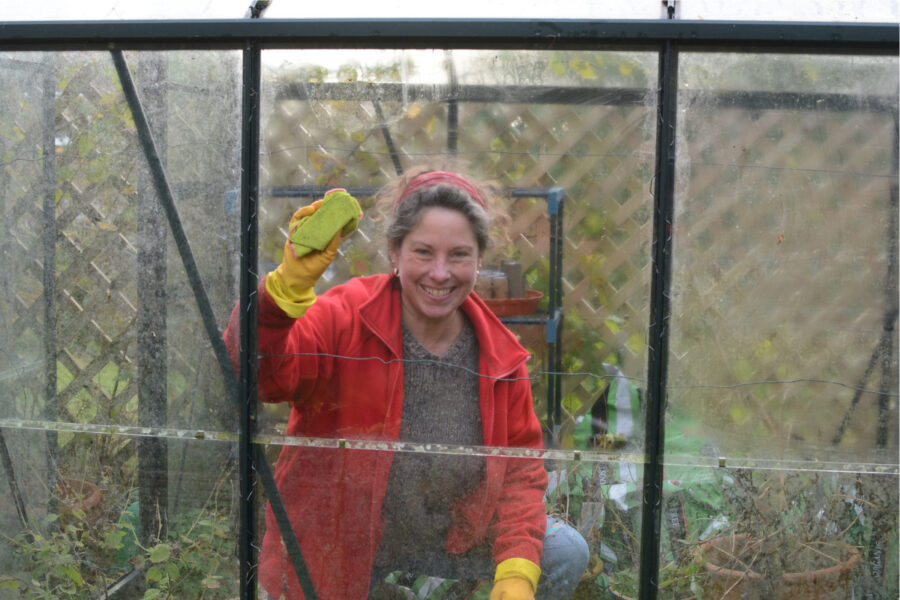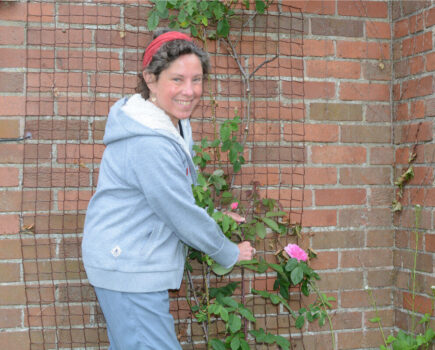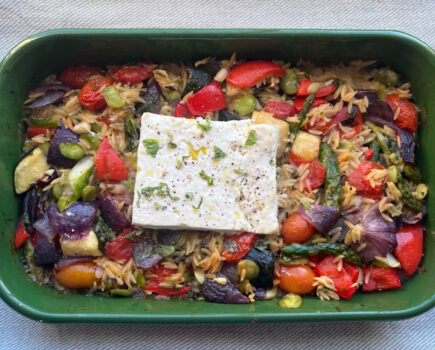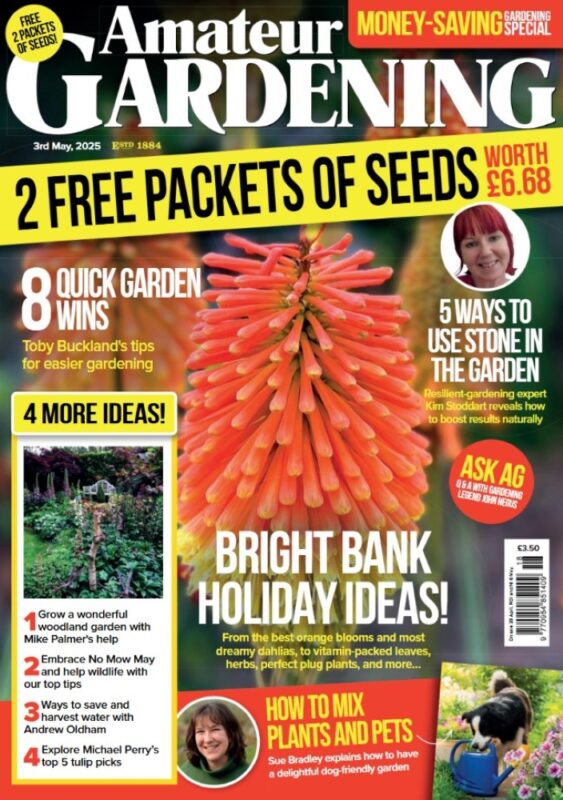There’s work to do, but take it easy to start with
I always think of the first couple of weeks of January as the ‘Dead Zone’, when we emerge blinking and slightly dazed back into the real world.
For many, and I include myself in their number, the social expectations of the festive season can be quite draining so come the new year I like to escape back into the garden and plan for the year ahead.
The winter garden is a special place, sleepy and skeletal, its bare, largely leafless bones letting us see its rudimentary workings and assess what needs doing.
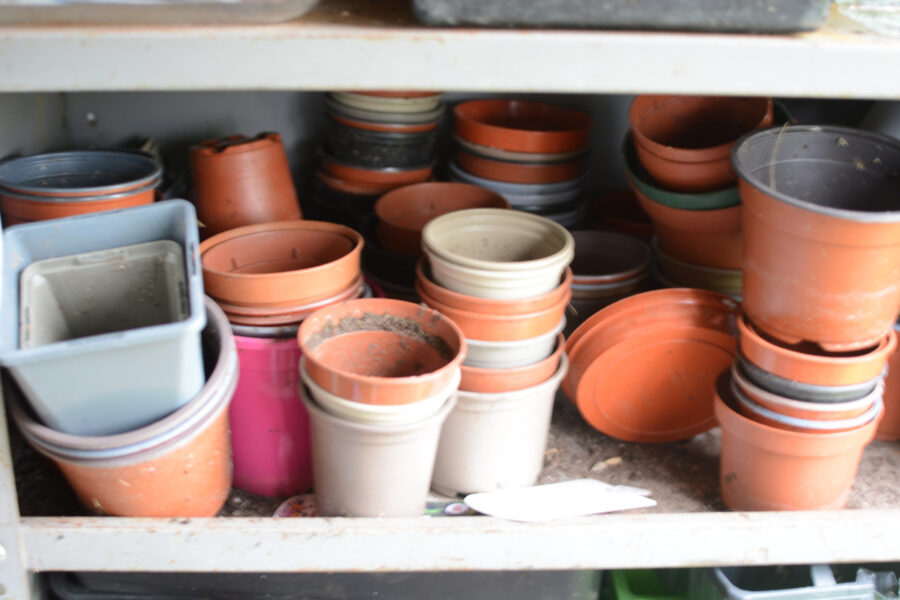
Of course, with the light levels still too meagre for much successful seed sowing and the soil usually frozen or sodden and therefore unworkable, you may think there’s not a great deal we can get stuck in to, but this isn’t a time for idleness.
Over the next couple of weeks I’ll be snapping on my rubber gloves and washing down the greenhouse, inside and out, to get it ready for seeds, seedlings and the new year’s first cuttings.
We never use fumigators or chemicals to get rid of pests as we don’t want to harm other creatures, so an important job will be minutely inspecting the framework and using a plant label to winkle out every little snail hiding in it.
I also need to re-pebble its floor and lay a pathway of paving slabs along the middle to try and prevent ‘gravel creep’.
The shed and its contents will be my next objective, sifting through plastic pots to recycle broken ones and washing those that still have life left in them.
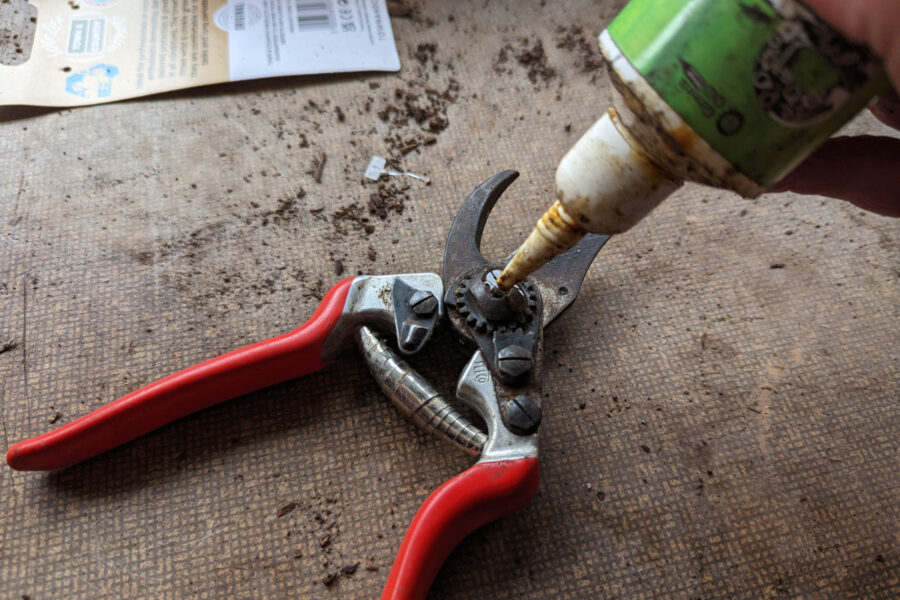
There are tools to clean and sharpen, plant labels to wipe clean, seed packets to sort through and lists to write. Not terribly exciting, but when wrapped up warm, with a hot cuppa, the rain drumming on the roof and BBC Radio 6 Music warbling in the background, it’s a very soothing way to spend a couple of hours.
Of course we may be lucky and have a break in the weather where the garden starts to dry out and warm up a little, in which case I’ll be found carefully edging the borders back into shape.
Instead of using a half-moon tool, I like to dig a moat around the edge of each bed, between the soil and the lawn, and pile the removed earth back onto the border.
It’s a technique I first noticed in the gardens of Max Gate, the beautiful home of Dorset author Thomas Hardy just down the road from us, and the result gives a longer-lasting, more clearly defined garden that’s all ready for the year ahead.
Four tasks to get you ready for the year

1. Sharpen tools, including your hoe and spade blades to make it easier to slice through weeds and soil.

2. Clean gardening gloves that can be washed. It keeps them supple and extends their life.
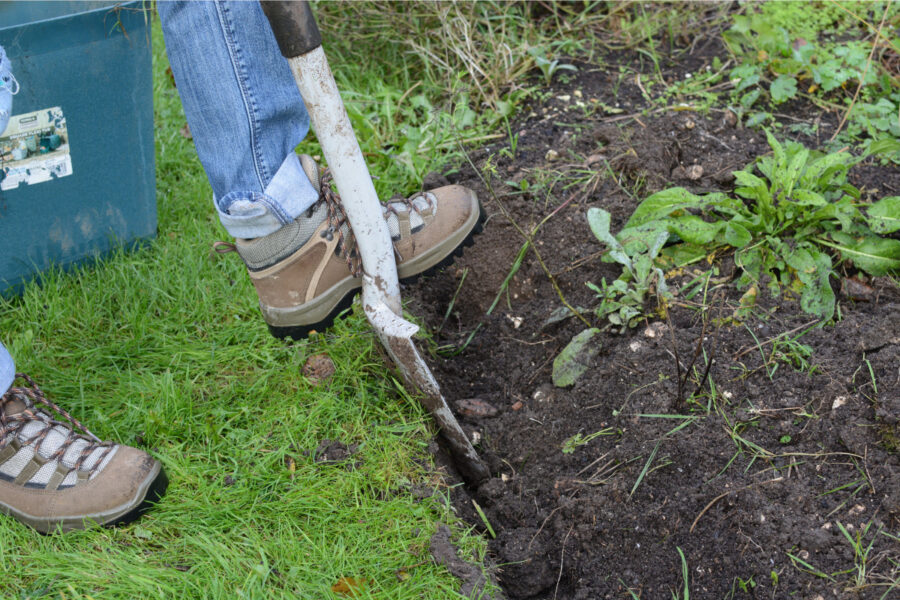
3. Well defined border edges instantly make the garden look sharper and neater.
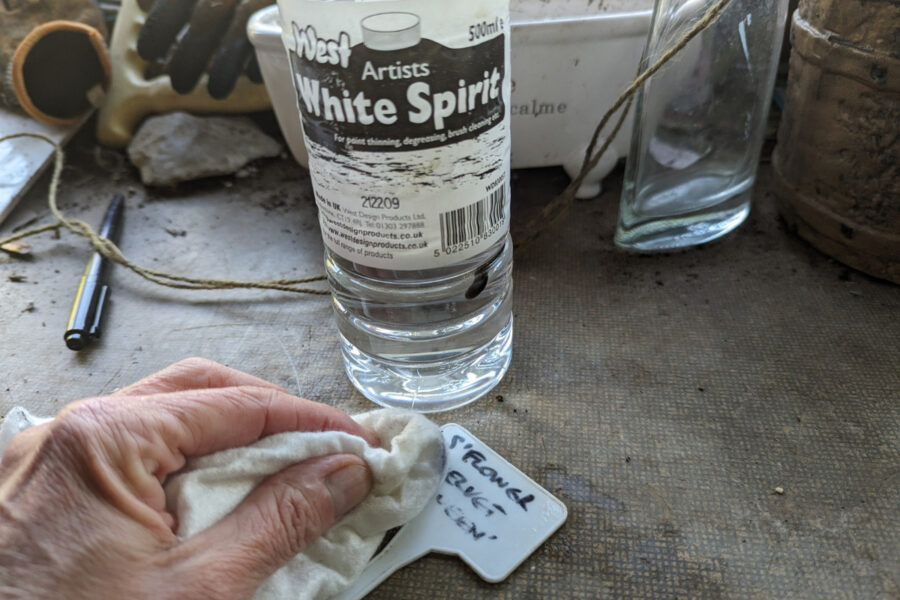
4. There’s no need to buy new labels when a wipe-over with white spirit gets them clean.
Find more tips, advice and articles like this at the Amateur Gardening website. Subscribe to Amateur Gardening magazine now

